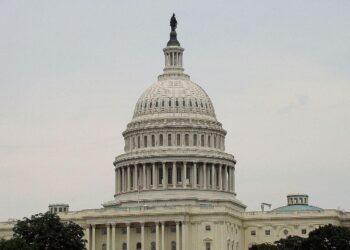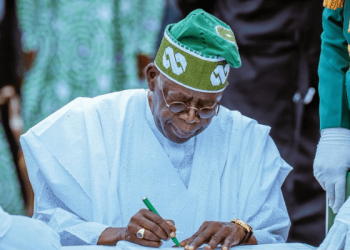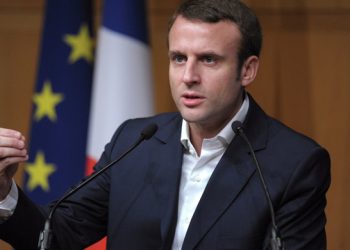The growing pressure from Washington on Minsk, and the quiet prisoner deal forming in the background, has become one of the most sensitive diplomatic stories of the moment. This situation shows how far the U.S. is willing to go to push Belarus toward a major release of political detainees while trying to reshape relations with a government long tied to Moscow. The news itself is serious, but the hidden pressure, the timing, and the political meaning behind it make it even more important to understand.
The Push for a Massive Release
According to the information now circulating, U.S. officials want Belarus to free more than a hundred detainees in one large deal. Some people were already released in smaller batches earlier in the year, but Washington wants something bigger and more symbolic. This is not only about humanitarian concerns; this is about influence. A big release would be used as proof that Minsk is ready to open up—even if only a little.

Belarus still has more than a thousand political detainees, including activists, journalists, and former candidates. The U.S. sees any release as a chance to show progress, but Europe is not convinced. This difference in approach between Washington and European capitals is widening as Belarus continues making decisions that look more like a message to Moscow than to the West.
A Diplomatic Gamble
The discussion between the two countries is happening quietly, because both sides know the risks. Belarus has spent years as one of Russia’s closest allies. Any shift away from Moscow, even a very small one, would be huge in geopolitical terms. This is why the U.S. is pushing hard, trying to see if Lukashenko will give something meaningful in exchange for better relations and possible sanctions relief.
Some U.S. officials believe there is a long-term plan behind this. They think even a slight move away from Russia would matter. Others inside the government are worried that Washington is acting too softly, especially at a time when Russia’s influence in Eastern Europe is already under heavy criticism.
Europe Keeps Its Distance
European countries are far more skeptical. They see Belarus as fully tied to Russia, especially after helping with the 2022 invasion of Ukraine. In their view, any “opening” from Minsk is suspicious. They fear that Washington’s approach might reward a government that still arrests critics and still uses state power against its own people.
The EU has even increased sanctions in recent months, especially after more suspicious activity from Belarus, including balloons drifting into Lithuanian airspace and new diplomatic tensions with the Czech Republic and Poland. This is why Europe is watching the U.S. with a raised eyebrow. They are not comfortable with any warm relationship between Minsk and Washington at a time like this.
Washington’s Quiet Channels
Trump’s envoys have been speaking with Lukashenko directly. This alone signals how serious the U.S. is. Sanctions have been lifted quietly in some areas, and the U.S. is talking about reopening its embassy in Minsk. Belarus, meanwhile, has released prisoners of different nationalities to show cooperation. All this is happening behind closed doors, but the effects are public.
Still, Belarus has not stopped new arrests. That is the part that makes the entire negotiation feel unstable. Releasing some people while detaining others sends a mixed message. It also puts pressure back on Washington, because the U.S. wants a clean win, not a half measure.
Why This Matters Now
The global timing adds more heat. The war in Ukraine continues. Russia’s influence remains strong. And now the U.S. is trying to pull even a fraction of Belarus away from Moscow. This is not a simple human-rights story, it is a geopolitical test. If Minsk agrees to a big release, it will be seen as one of the few diplomatic shifts in Eastern Europe since the war began.
If Minsk refuses, it will show that Washington’s pressure is not enough and that Belarus is fully locked into Russia’s orbit.

















